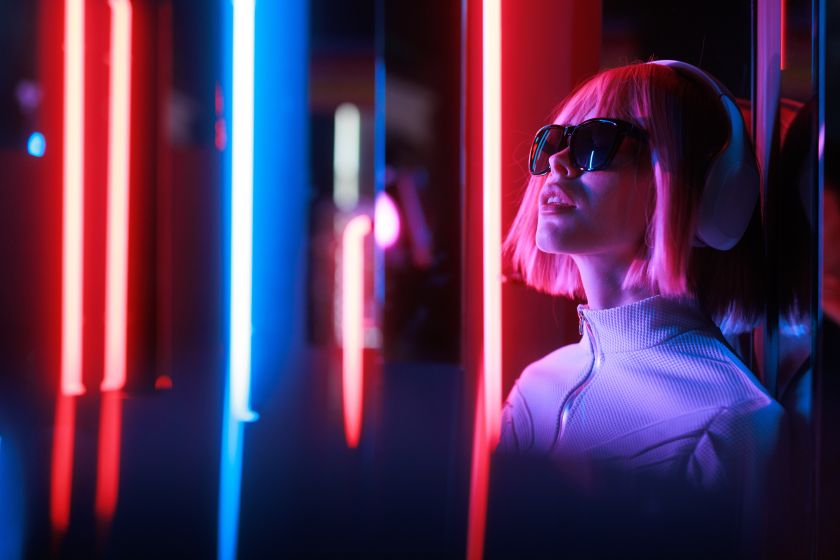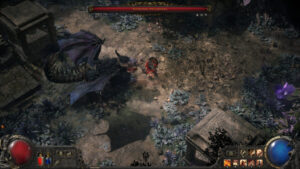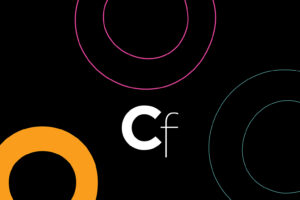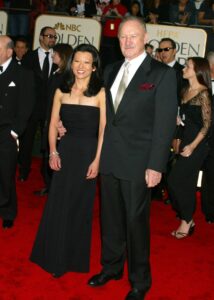AI is coming for advertising… but is it coming for us?


Image licensed via Adobe Stock
Dearbhla Boyle, strategy director and company director at Big&Bold, explores how the ad world can thrive with machine-led collaboration, and whether it’s time to retire the Don Draper model of advertising.
What can I help with? That default prompt of AI assistants is reassuring to many… but perhaps not for those working in advertising.
For decades, the archetypal ad man (typified by Don Draper in the TV series Mad Men) embodied creativity through instinct, cultural insight and human persuasion. Today, though, that image is evolving—or rather, dissolving—as creative processes become increasingly dictated by data-led, decision making algorithms.
Canadian philosopher Marshall McLuhan (1911-1980), often called the “father of media”, once suggested that the way we communicate fundamentally shapes our human experience more than the content itself. The shift from print to TV, from analogue to digital, not only changed what we consumed but it rewired how we think, act and show up in the world. AI is now the next great medium in this lineage.
If we apply McLuhan’s logic to AI specifically, his comment that “we shape tools and thereafter, our tools shape us” is unsettling. In this light, AI is not just another creative instrument, but is restructuring the entire architecture of advertising itself.
In other words, it’s not just automating processes, it’s dictating them. It’s not just generating ads, it’s deciding what’s worth advertising. It’s not assisting human creativity, it’s redirecting it.
This shift marks a radical departure from the Mad Men era, where human intuition, gut instinct and storytelling drove brand identity. Now algorithms are determining what’s relevant, prioritising efficiency and data, whilst completely absent of any emotional resonance.
This raises fundamental questions about the future of creativity. If AI dictates it, does creativity and originality simply become reduced to an equation?
Is it really goodbye, Don?
An emerging narrative in our profession seems to suggest it’s okay to sideline creativity, storytelling and human insight in favour of data-driven logic. Creative seems a non-essential, an afterthought or an optional ‘add on’ in the world of data.
Sounds dramatic right? Perhaps a little, and history tells us otherwise. This fear that AI will take over advertising is strikingly similar to every past technological revolution.
Remember when we waved goodbye to print because digital was born? Yet advertising didn’t die, it just evolved. And AI is no different, if used correctly. What it will afford us is time; time that allows creatives to do what we are actually good at. Creating.
Even the assumption that advertising in itself is simply an assembly line of automation and optimisation is flawed. The industry thrives at the intersection of psychology, culture and storytelling. Can AI do the same? Can it build a brand people love? Think about some of the most iconic campaigns:
- Volkswagen’s ‘Think Small’, 1959: Created by humans, it broke every advertising rule at the time
- Nike’s ‘Just Do It’*, 1980: Created by humans, this campaign wasn’t data-led and is still recognised today as a cultural movement
- Always #LikeAGirl, 2014: Created by humans and helping to reshape gender norms
Sure, AI is capable of optimising these campaigns after the fact. But it could never have created them. To think that AI could replace human ingenuity, strategic depth and cultural intuition—everything that defines great branding—is wrong.
Yes, AI can process how humans react, feel, behave. But it’s us who fundamentally experience it.
AI as an accelerant
The real power of advertising cannot be automated. The real power is that spark of human creativity, the soul that will always belong to use, and something AI cannot replicate. AI isn’t the enemy. However, it is an accelerant and whilst Don Draper will arguably keep his job, AI is going to force us to evolve. If our role involves optimisation, AI can (and will) do it better.
As a BCorp, we at Big+Bold believe the technology we use should serve others. We reject the idea that AI should be adopted as a knee-jerk reaction to what is happening at pace, in our wider industry. In fact, the best agencies won’t be those who integrate AI passively, but instead, view AI as a collaborator and apply it deliberately with intent, not indulgence, inertia or impulse.
For us, this means:
- Intentional application: Employing AI deliberately to support our human insight, rather than using it as a shortcut or lazy option for creative processes.
- Balanced collaboration: Combining the analytical powers of AI with our own strategic and cultural insights.
- Preserving the core: Keeping our focus on storytelling and emotional connection to ensure that data and automation serve to elevate our work, not erode.
Conclusion
It’s safe to say Don Draper has weathered many a challenge. However, AI won’t be one of them. In the end, AI is not the end of the creative soul. It is an opportunity for the ad industry to free up its creative to create.
At the start of this article, I questioned whether AI was coming for us. Now my question is whether we are prepared to shape how AI fits into our creative world? I believe the key lies in ensuring that technology serves us, not the other way around.
As we navigate our AI-enhanced world, we must recognise that while the medium may evolve, the message, and the human ingenuity behind it, will endure.






